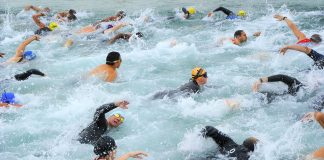The sea, the islands, sunsets and sunrises, palms and dolphins… All of that is amazing! But, well, there is another side of Croatia. And it’s beautiful as well! We’re talking about the continental part of the country – the inland has so much to offer. There are beautiful cities, old castles, big rivers, archaeological sites, and natural wonders.
By Martina Đođo/AiC
►Slavonia
Slavonians are proud of their tradition such as harvest, folk costumes, and local folk music. They are hospitable, always ready to socialize with the glass of quality wine produced thanks to fertile land, and with local specialties such as chamois or fish soup.
In Slavonia, you can visit ►Kutjevo, the wine capital of continental Croatia. The town is located in the fertile golden valley, on the southern slopes of Krndija and Papuk mountains. Famous Kutjevo wine cellar is home to archival wine sorts. Next to the complex of cellars and wineries, there is also the beautiful Kutjevo castle, which is connected to the winery by an underground passage.
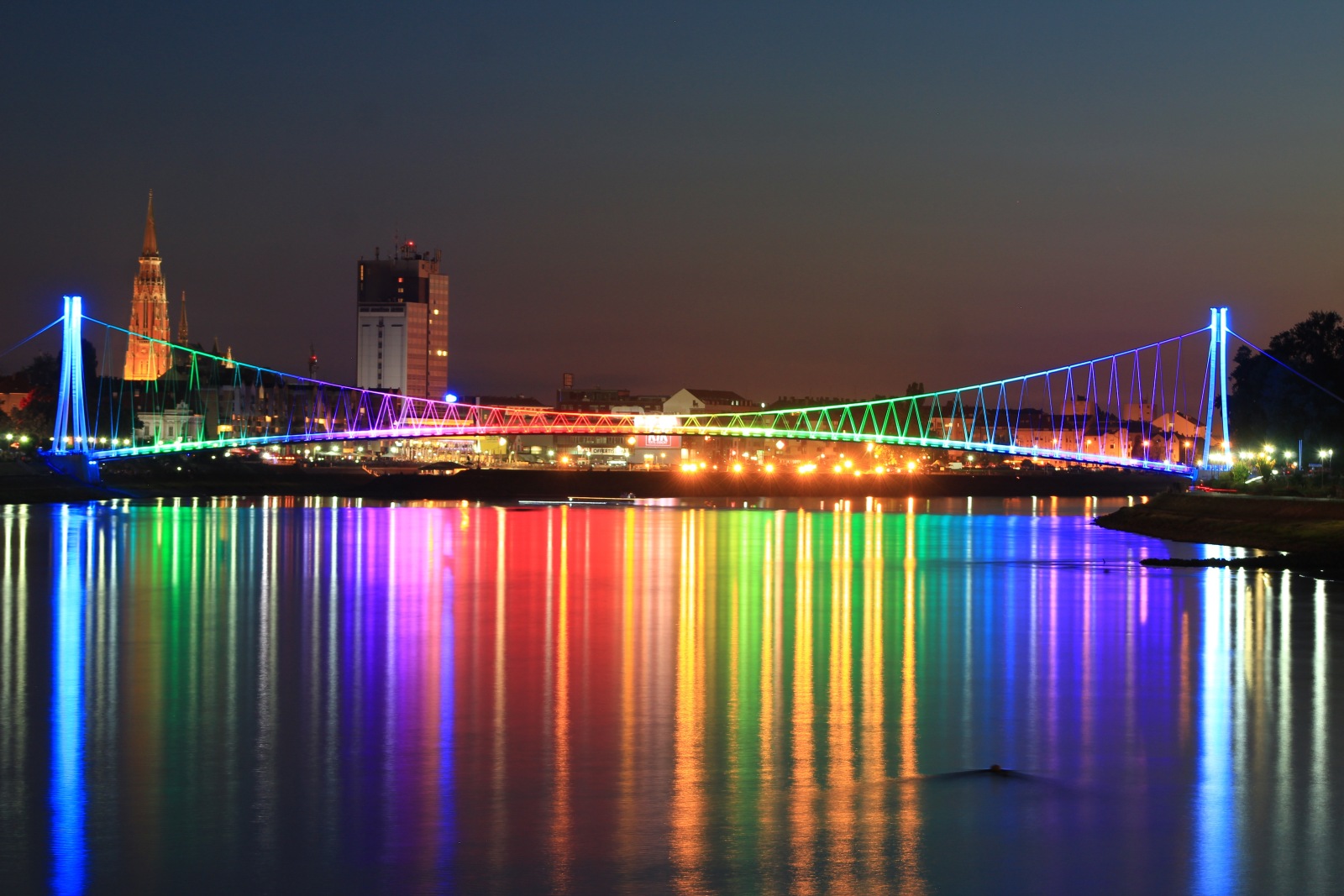
The biggest city in Slavonia is ►Osijek. The old romantic center of the city took its basic forms at the beginning of the Baroque 18th century and perfectly combines military strength and organized civic life. The only remaining parts of some of the imposing ramparts and city gates can be found along the Drava River.
Near Osijek, there is Nature Park Kopački rit – one of the biggest natural swamps in Europe. ►Kopački rit is home to numerous wild animals – deer, wild boars, eagles and storks. The beauty of the Park can be enjoyed by sailing on large river cruisers on the Danube River, which is the eastern border of this magnificent nature park.

The archaeological site ►Vučedol is situated along the Danube River, 5 kilometers downstream from ►Vukovar, and is one of the most significant sites of neolithic. Vučedol was inhabited for the first time around 6,000 BC, at the time of the first European farmers. The most famous pottery vessel is the Vučedol dove, a gold-colored bowl, richly decorated with incrustations, found in 1938. The Vučedol culture is also a home to the Orion calendar, considered to be the oldest European calendar.
The town of ►Đakovo is famous by two things – its cathedral and big Lipizzaner horse farm. The most important cultural monument in Đakovo and the most beautiful cathedral between Venice and Istanbul, as Pope XXIII described it, and is located at Strossmayer Square. Lipizzaner horses from Đakovo have promoted the town and its area throughout the world by participating in numerous competitions worldwide. Queen Elisabeth II was so thrilled by the performance of the horses from Đakovo at the opening ceremony of the Olympic Games in 1972 that she visited the Farm and rode through Đakovo on the famous four-in-hand carriage.
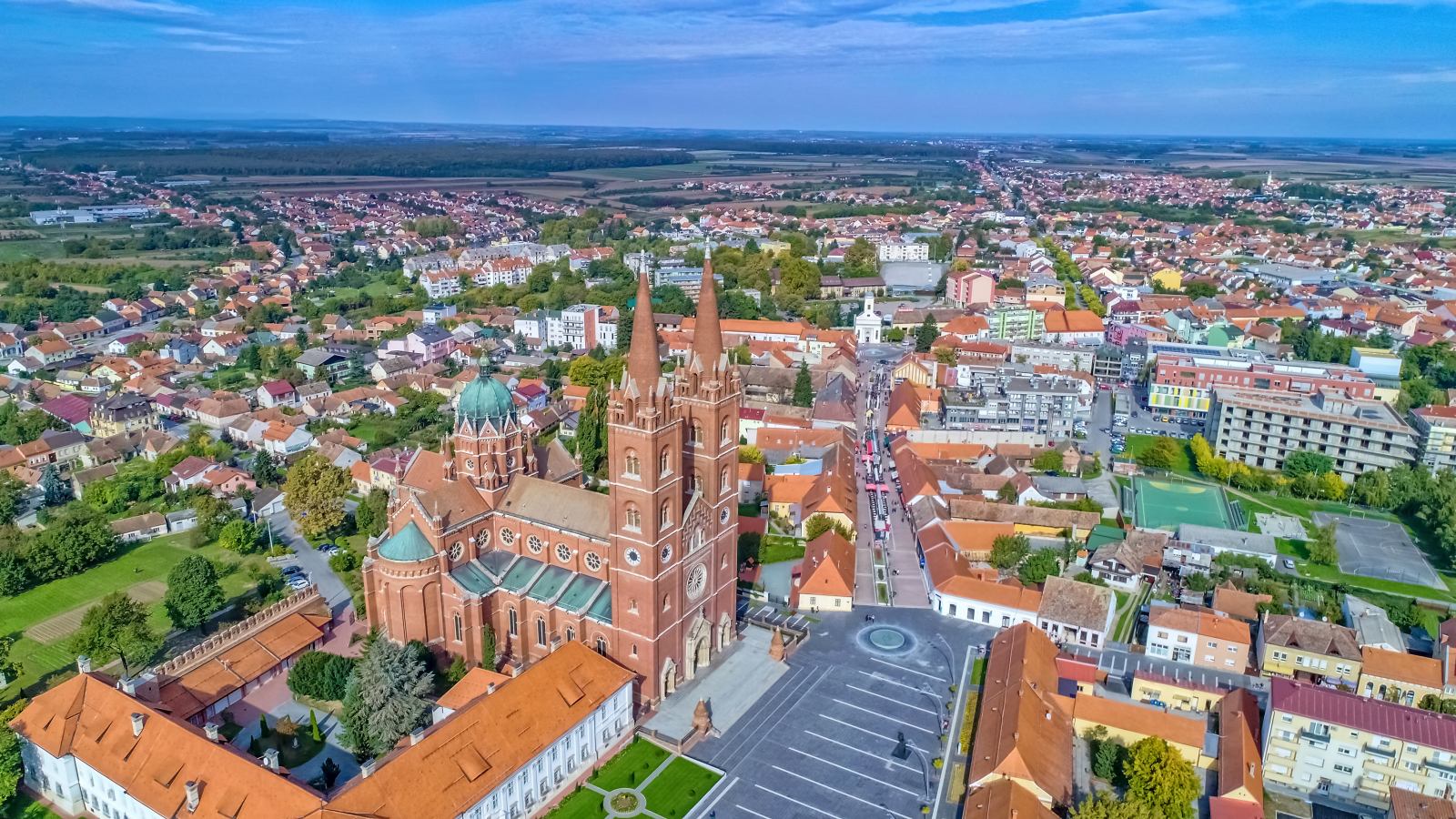
Central Croatia
Central Croatia is an oasis of calm, where the hills overlook the old forests, vineyards, and rivers Sava, Drava and Mura, which provide refreshments and – life. Situated north and northwest of the Croatian capital, this region hides a multitude of romantic medieval towns such as ►Koprivnica or ►Varaždin, castles such as ►Trakošćan or ►Veliki Tabor and a thermal spa that are ideal if you need a renewal of energy.
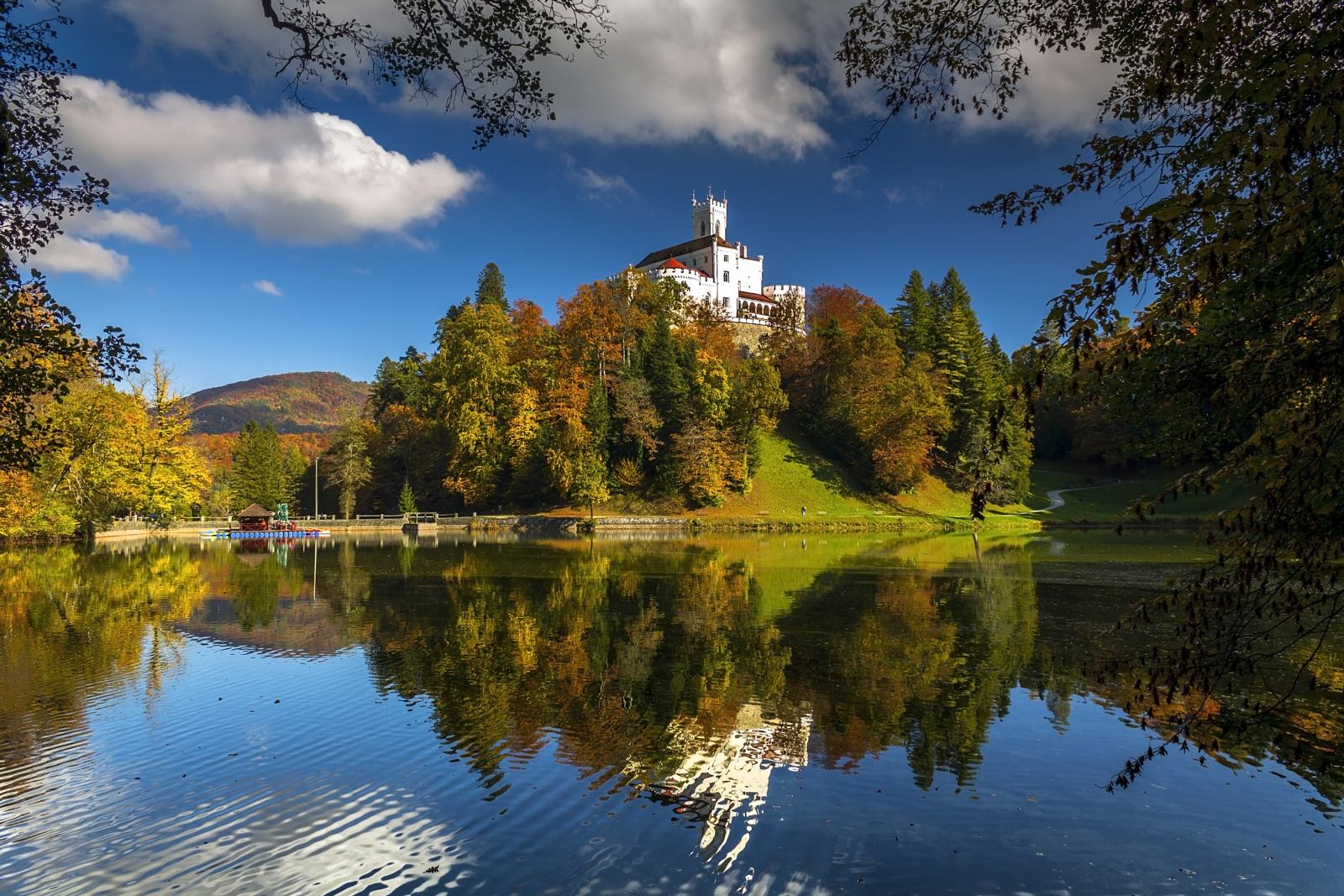
Trakošćan Castle is undoubtedly one of the most beautiful castles in Croatia and certainly the most romantic one. Trakošćan is a cultural heritage, a protected historical site that consists of a castle, buildings next to a castle, a park and a forest with a lake. It was founded at the end of the 13th century as a part of the defense system of northwestern Croatia.
The unique museum of Krapina Neanderthals opened in 2010 and is located near one of the largest paleontological sites in Europe. It consists of an exhibition dedicated to Neanderthals and the history of the Earth from the beginning to modern times. With its multimedia content, the museum returns visitors to Neanderthal times, and they become participants in the evolutionary process. They return to the distant past of 130,000 years ago and observe the virtual reality of the ►Krapina ancestors.

►Varaždin is the center of north Croatia. It is most known for the historic Old Town with its palaces, churches, and monasteries from the period of Baroque, Secession and Rococo and one of the oldest councils in Europe. It also has a famous theater and the beautiful cemetery. Many cultural, artistic, sporting and other events are being held throughout the year, with Špancirfest festival in the summer and Baroque Evenings in the fall is the most popular.
Near Varaždin lies a small town known for its healing waters – Varaždinske Toplice. This town is home to the oldest Croatian thermal spa, dating back to the 2nd century. Today, there is a modern spa and pool complex with hotels, restaurants and health resorts.
Except for Varaždinske Toplice, you can also visit ►Sveti Martin na Muri at the very north of Croatia. There is LifeClass Terme Spa with wellness and beauty center, aquapark, healing waters, saunas as well as many sports activities – cycling, golf, football, tennis… It’s one of the best destinations for a pure hedonism.

The city of Zagreb is also situated in central Croatia. The capital city is one of the most beautiful European cities. A lot of parks, two lakes, a big river and a mountain make Zagreb calm, green destination, while big squares, modern restaurants and shopping centers mix that with a real urban spirit. Zagreb just has so much to offer to everyone.
Lika – Karlovac region
Beside its rivers, mountains, intact forests, lakes, gorges and caves, the Lika – Karlovac region will delight you with the largest number of national parks and nature parks. For the most famous park, you have probably already heard – the beautiful ►Plitvice Lakes.
On your way from Europe to the Adriatic, you pass through this region. But this region is also worth stopping and exploring. For example, you should visit ►Rastoke village, an old village with water mills on rivers Korana and Slunjčica. Lot of small lakes, waterfalls and excellent fish restaurants will warmly treat you on your way to the coast.
Also, Nikola Tesla’s birthplace is in Lika – in the small village of ►Smiljan. The modernly arranged museum is set in his home, and the nearby theme park displays his scientific path. With modern technology, visitors can travel through Tesla’s life and through the time he lived. Also, more than 900 Tesla’s patents are shown in an interesting way.

In the mysterious town of ►Ogulin, there are numerous legends and folktales. The town situated at the foot of ►Klek mountain and between two beautiful rivers, Dobra and Zagorska Mrežnica, calls you to come and discover its secrets. For example, in the city center, you will find the Đula’s slope, named after the legend of a young girl ►Đula who thrown herself into it because of unhappy love. The Frankopan castle built in the 16th century also has its interesting legends… Visit Ogulin to find more about it.
And for those who are seeking for adventures, the great ►Velebit mountain waits for you in Lika. Velebit is the most prominent Croatian mountain by the richness of the plant and animal life, and by the total number of species and endemics species. It is great for hiking, cycling, and exploration, and many newly refurbished mountain shelters guarantee a unique night on the mountain.
What do you say – continental part of Croatia is definitely worth visiting, isn’t it?



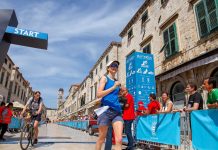
![[INTERVIEW] Stéphane Vernède – Croats are welcoming and warm](https://activeincroatia.com/wp-content/uploads/2019/01/42906130_369299676945890_1169311121283219456_o-218x150.jpeg)
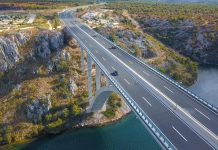

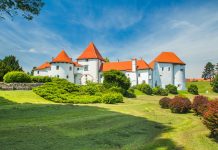
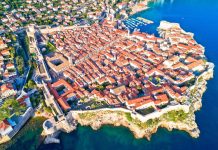
![[VIDEO] Amazing nature of Croatia – you have to see it to believe](https://activeincroatia.com/wp-content/uploads/2018/11/Kornati-bigstock-Amazing-Kornati-Islands-Of-Cro-189068095-218x150.jpg)
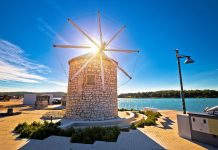
![[VIDEO] Amazing nature of Croatia – you have to see it to believe](https://activeincroatia.com/wp-content/uploads/2018/11/Kornati-bigstock-Amazing-Kornati-Islands-Of-Cro-189068095-100x70.jpg)




